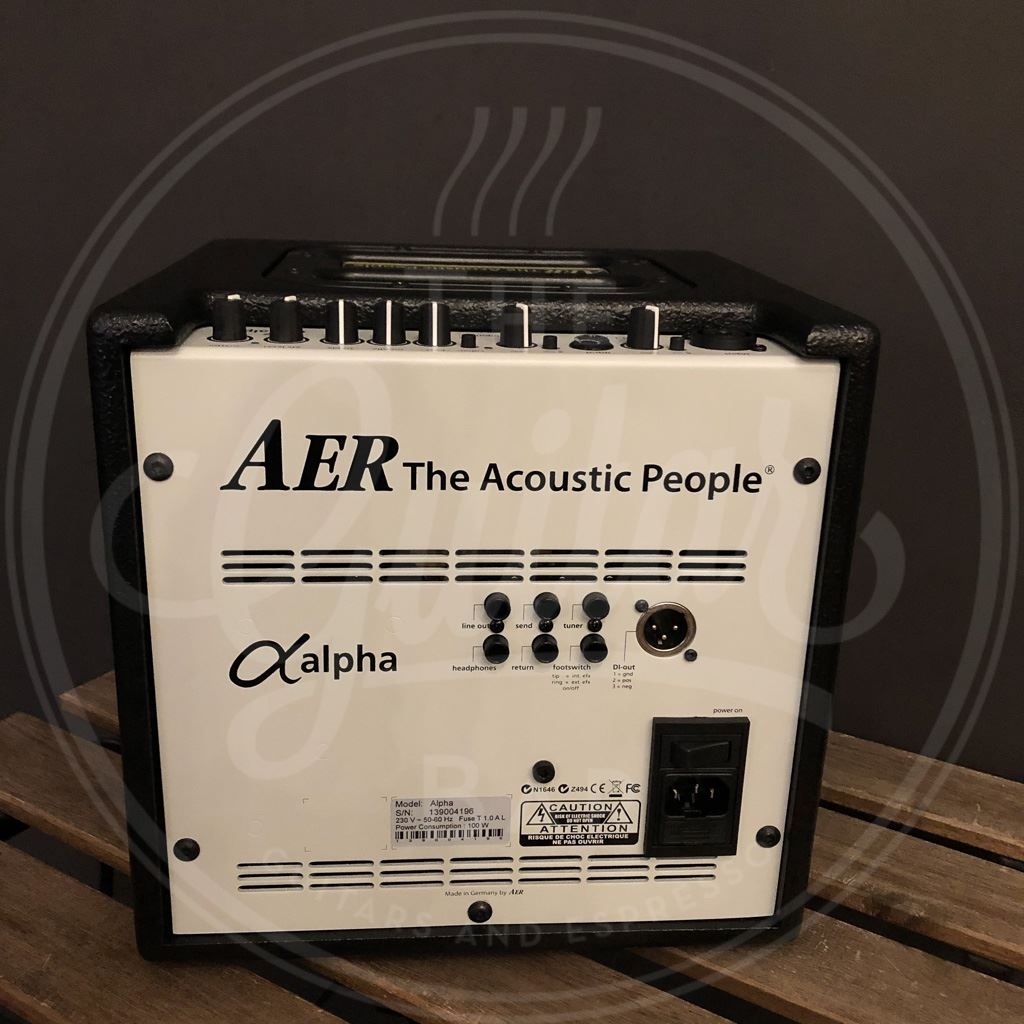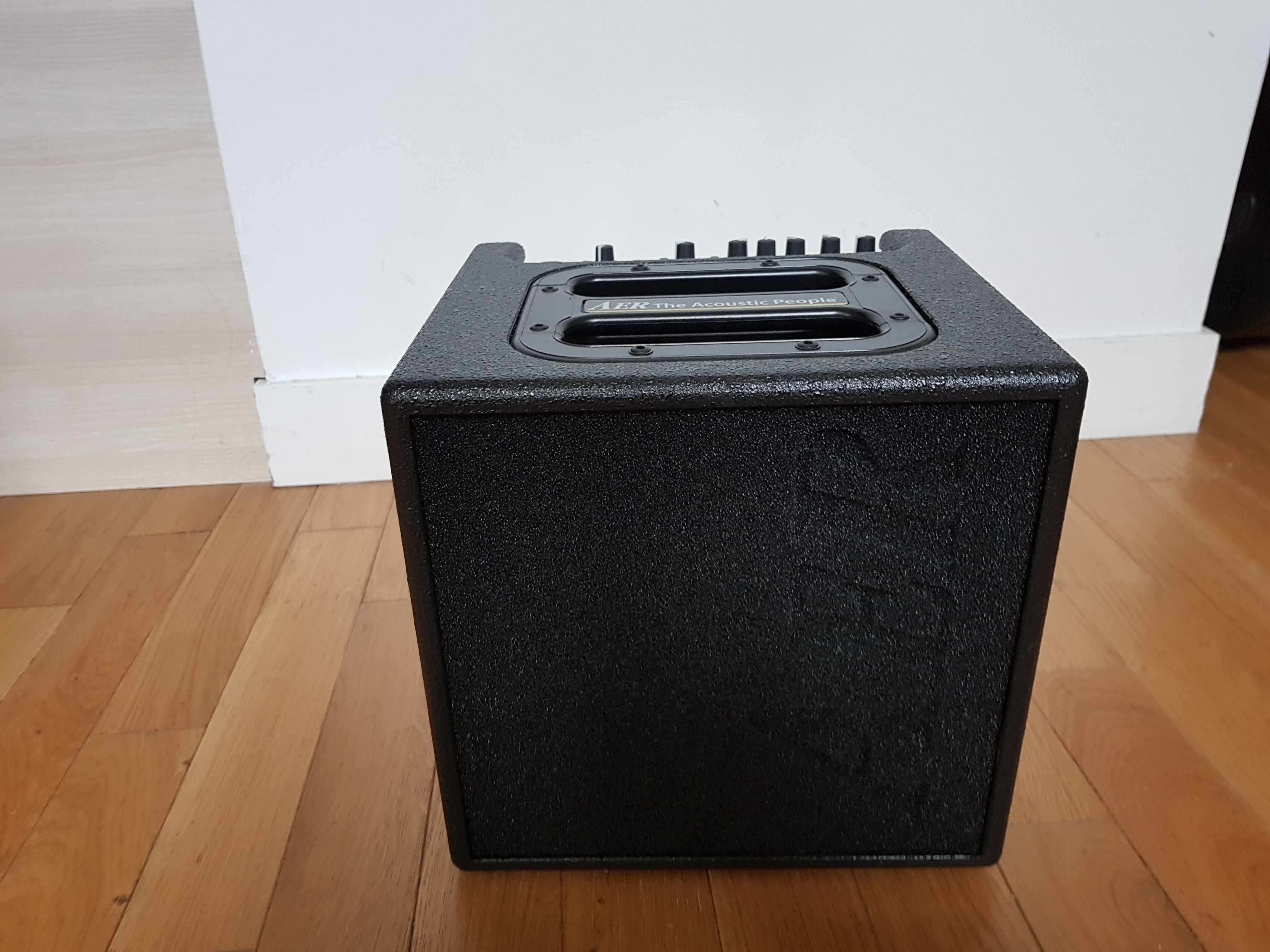

The above-noted market conditions translate to higher lease rates and exceptionally strong gains on the sale of assets. The recent reopening of China is certainly an incremental tailwind. There is evidently a strong demand for and shortage of aircraft and engines. Additional cost synergies from the GECAS acquisition are to be expected in the next 12 to 24 months (AerCap has guided for $150m annual synergies over time). The tailwinds for AerCap currently are very strong in spite of inflation and fears of an upcoming recession.ĪerCap is clearly benefiting from the scale of its platform, being the largest global lessor of aircraft. I have been following the aircraft leasing industry for over 10 years and have been holding AerCap for just as long. This suggests that AerCap will use the proceeds for these sales (likely at a high premium to book) to retire a large number of shares in 2023 and beyond. It sold 97 aircraft in Q4'2022 out of a total of 207 in the whole of 2022. However, in the current favorable market conditions and shortage of aircraft, AerCap was able to sell assets at a 23% premium in Q3'2022.ĪerCap seems to be pressing the pedal on selling assets. Historically, AerCap used to sell assets at an average premium to book high-single-digits.

However, this time around, the capital arbitrage playbook is much more attractive. I expect it to restart its share buyback program imminently. This is exceptionally accretive and helps to grow the book value per share rapidly.įollowing the acquisition of GECAS, AerCap has reached its target leverage ratio of ~2.7x in Q3'2022 earlier than expected. It is very clear that the AerCap playbook of large share buybacks is back on.ĪerCap is arbitraging its capital structure by selling assets at a premium to book value and utilizing the proceeds to buy back shares at well below book. selling assets at a premium to book value and buying back shares at a discount to book).

The temporary spikes in 20 in the above chart are due to the transformative acquisitions.The impact of purchase accounting on book value will dissipate over time. The adjusted book value is currently ~$75 and therefore AerCap is trading at ~0.8x adjusted book value. Currently, the book value is understated due to purchase accounting arising from the acquisition of GE Capital Aviation Services.AerCap tends to trade at a slight discount to book value and historically in the range of 0.8x to 0.9x book value (outside of turbulent macro times).The below chart highlights the price-to-book value for AerCap in the last 10 years. In other words, provided the company can grow its book value the share price should be able to rise in tandem (albeit with some volatility due to macro and industry macro settings). aircraft, engines, helicopters, etc.).Īs such, the valuation metric the market typically looks at for such companies is the book value. AerCap revenue is secured by long-term contracts with airlines and collateralized by valuable assets (e.g.

The key part of the thesis was the stability of the business model compared to airlines. Global Jets ETF ( JETS)) and just buy AerCap. ( NYSE: AER), I advised readers to avoid the airlines (represented by the U.S. In my last article on AerCap Holdings N.V.


 0 kommentar(er)
0 kommentar(er)
